Cleanup of pollution from Springfield railroad tie facility moves into neighborhood, basin
The former Kerr-McGee Wood Treatment Facility has been a source of concern for both environmental and public health factors for decades. Now, work is gearing up to remedy contamination in the nearby northwest Springfield neighborhoods.
The facility at 2800 W. High St. treated railroad ties from 1907 until 2004. The ties were treated with creosote — a mixture of chemicals that the U.S. Environmental Protection Agency has classified as a probable human carcinogen — and contaminated the soil and groundwater on the lot and surrounding area. The Multistate Environmental Response Trust, a private entity created as part of an earlier legal settlement, has been working to monitor, study and clean up pollution from the site since 2011.
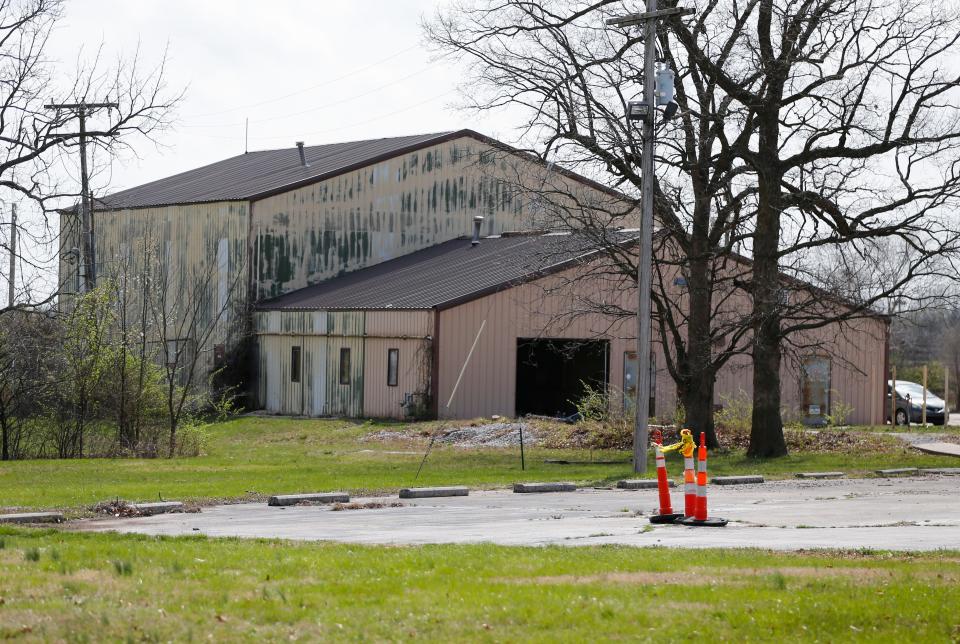
Creosote entered the soil and water when the facility was in operation by dripping onto bare soil as part of the wood treatment process and by seeping from unlined lagoons where creosote was separated from the water as it sank to the bottom. While creosote typically does not move, due to Springfield's karst topography, the rainwater flushed the mixture into the residential neighborhood nearby.
The Multistate Trust, in coordination with the Missouri Department of Natural Resources (MoDNR) and the Missouri Department of Health and Senior Services (DHSS), held a community meeting and a drop-in availability session at the Library Station on Thursday to update local residents on the cleanup efforts and sampling and answer any questions. Councilwoman Monica Horton and Mayor Ken McClure were in attendance. The most recent previous community meeting about the efforts and ongoing investigations was held in August.
Concerns with health, historical contamination
Those residing near the facility have relayed stories of foul smells, health concerns and other experiences from their years living by the site, which was left untreated for so long. Many point to the environmental contamination and pollution as the cause of health problems they and their families have endured.
Michelle Hartman, health and risk assessment program manager at DHSS, said investigations and evaluations to address potential health risks are ongoing for the Kerr-McGee site. She noted that contamination does not equate exposure and even exposure does not necessarily lead to health risks and is dependent on the "dose." In order for a person to be exposed, they must have an exposure point — such as contaminated yard or private well — and an exposure route, a way that the contamination enters the body. But when it comes to historical exposures, those happening over a long period of time, Hartman had few answers.
"Another thing that I commonly see at sites is citizens being concerned about historical exposures, and I completely understand that," she said at the meeting. "The problem is that we don't have any data from then. So, in order for us to know if there is a potential risk, we would have to have environmental sampling data, and that just doesn't exist for the time period that you're talking about."
While cancer is a topical concern for people who live near contamination sites, Hartman said that the environment is only one of numerous factors that can contribute to a cancer diagnosis. She did note that the DHSS has a cancer inquiry process that those with concerns of cancer clustering can submit to the department for further investigation.
Some of the chemicals within creosote are volatile, meaning they can readily vaporize in the air and could be breathed in. However, in order for residents to be at risk of vapor intrusion, their soil or groundwater must be contaminated to vaporize into the air. With those noticing an odor from the potential creosote, Multistate Trust Program Director Tasha Lewis noted that there is a form to fill out when a smell is noticed. After a report, an air sample will be collected and tested.
Work begins on northern properties
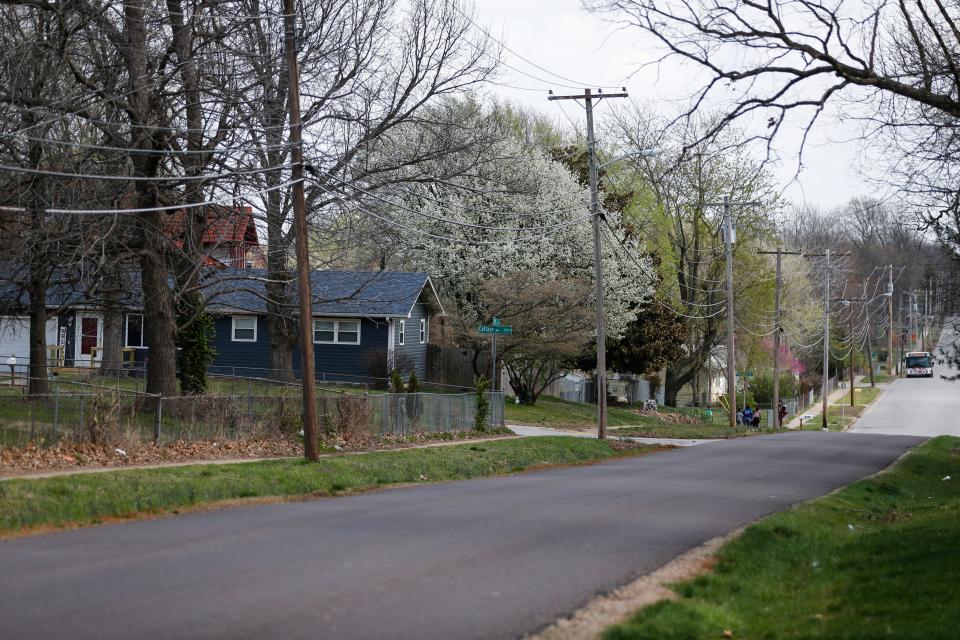
Lewis told the News-Leader in an interview ahead of the meeting that replacement of residential sewer lateral pipes began last week. Overall, 45 properties between Clifton Avenue and Aline Avenue will have their pipes replaced at no cost. The replacements come as a result of previously observed damage to the pipes that Lewis said could be related to the Kerr-McGee contamination.
While the cracked pipes would not negatively impact the residents themselves, she said the cracks could mean that sewage is leaking out or groundwater, which is found to be contaminated particularly between Clifton and Fulbright Avenues, is seeping in. If groundwater got into the pipes, they could act as a migration pathway for contaminants.
Lewis said pipe work will continue throughout the year, though individual property owners would only be impacted for two to three days. That timeline however does not include restorations of yards that will follow pipe replacement.
After hearing from local residents about historical flooding that would occur near the site, the team started the process to gather surface soil samples. Lewis said the goal is to have the work plan finalized by the end of April and begin sampling in the late summer. Overall, 25 properties in the first row of houses north of the facility abutting West High Street between Golden and Clifton Avenues will have their surface soil sampled, as well as seven additional properties scattered around the facility including a trailer park on the southeast.
Three more wells will be installed on the American Legion Post 676 property to test how far north groundwater is contaminated.
Work moves to Golden Hills Detention Basin
At the August meeting, Lewis noted that future efforts will be concentrated on the Golden Hills Detention Basin, which is just north of Kearney Street and tucked across the street from neighborhood homes. Although the basin is a half-mile away from the facility, water flows directly from the Kerr-McGee site to the basin and creosote has been found there.
The basin is currently fenced in and includes a sign warning of hazardous materials. Within the next two years, Lewis said the plan is to construct treatment wetlands that both beautify the area and treat the water for the chemicals. The water that goes through the basin later discharges into the Woodlawn Spring branch, so treating the water before it gets there would be crucial to stop any possible water supply contamination. Once that work is done, the hope is to remove the fence and have the area be safe for those living around it.
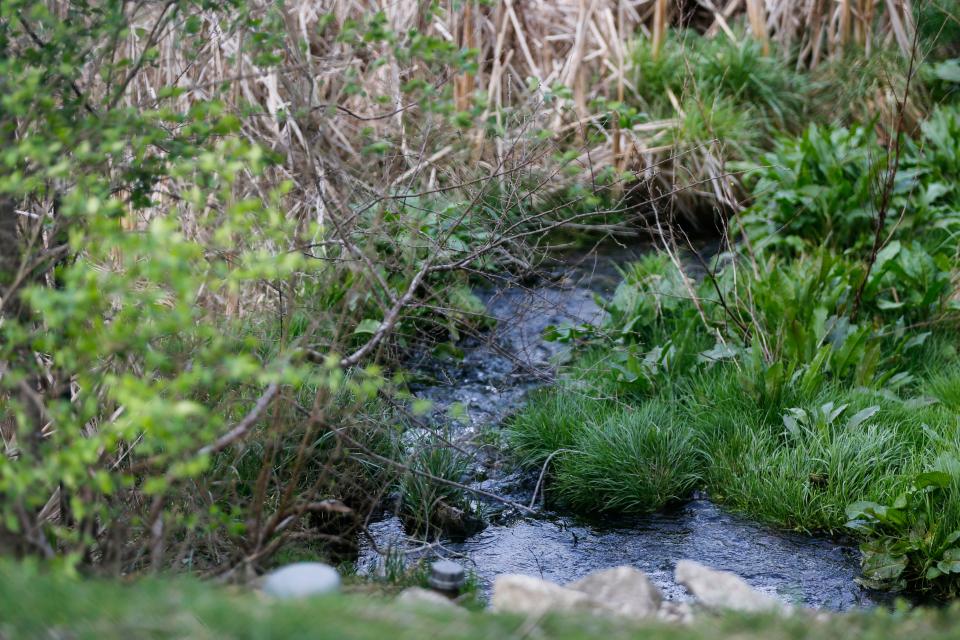
Although the project is yet to receive a pre-design work plan approval from the DNR, something they had hoped to have complete by the end of 2023, Lewis said the project should still be on track to begin construction next year and be completed sometime in 2026.
Quarterly monitoring of drinking water has been ongoing and will continue at least until the basin project is complete. All the samples taken thus far have returned with contaminant levels below the regulatory limits deemed to pose a threat to public health.
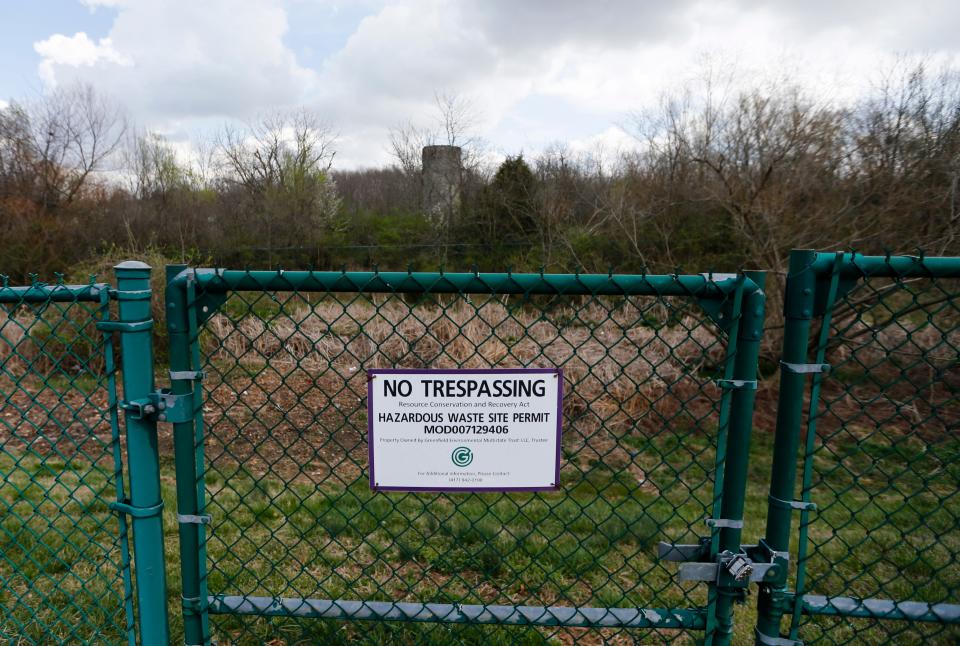
Future funding still uncertain
Current treatment of groundwater on the lot is strenuous and expensive, costing around $700,000 annually. Lewis said the trust is working on identifying other sources of funding that could supplement ongoing operation costs, particularly at the Springfield site due to its close proximity to residential properties.
"We're hoping that we will be receiving funding sometime this year to support that work," she said.
With all environmental cleanup projects beyond the facility itself done, Lewis said there would only be about $7 million remaining in the environmental cost account from the settlement if all that is budgeted for this year is spent. But cleanup and treatment efforts would have to last longer than the remaining money could sustain.
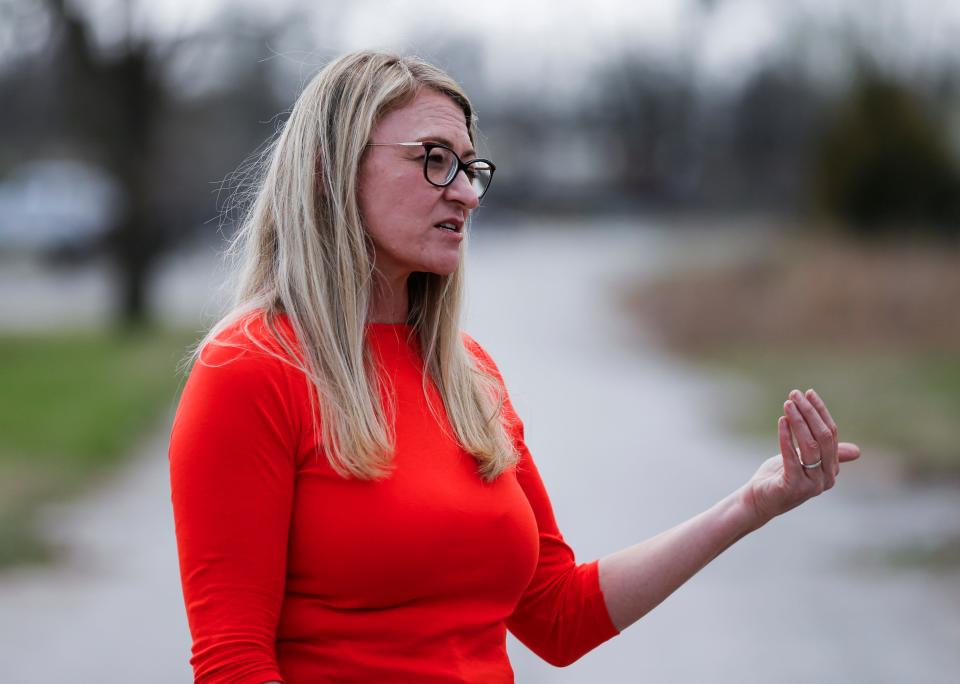
Once all other projects relating to the neighborhoods are wrapped, Lewis said a remedial alternatives study will be conducted that evaluates other, hopefully cheaper, options for groundwater treatment. Options include capping of the ground surface to reduce rainwater infiltration, a slurry wall around a portion or entirety of the area or planting trees that would pull up the water and contamination from the surface in a process called phytoremediation.
The future of the site as a whole and what it could be used for in years to come is also uncertain. Lewis said they have so far collected a few survey answers that note what neighbors would like to see on the lot. Answers were split between housing, a park, community space and those who were unsure. Lewis said she'd like to start hosting redevelopment planning workshops with various stakeholders including both neighbors and various leaders from the city, City Utilities and the county. Through these workshops, she said more headway could be made to identify a use for the site that is supported and desired.
"That is where individuals that are interested in contributing to future reuse and a vision for this site can have an opportunity to engage in those conversations," Lewis said.
More: Project to decontaminate basin takes spotlight in northwest Springfield site cleanup
The current high expense of ongoing treatment work could be a challenge in seeking out future owners and developers for the site. Lewis said the hope is to pass on the operations of the treatment system and requirements of the post-closure care permit onto the next owner.
"The trust is intended to be what's called like a sunset organization. We do not generate revenues," she said. "When we use it, we don't have any more money. And so, part of what we want to do is be able to identify an end user that can take title and to implement the long term of the cleanup, and that takes time."
While not yet scheduled for a particular date, Lewis said the next community meeting will be sometime in September. For more information and date, visit www.springfield.greenfieldenvironmental.com.
Marta Mieze covers local government at the News-Leader. Have feedback, tips or story ideas? Contact her at mmieze@news-leader.com.
This article originally appeared on Springfield News-Leader: Springfield Kerr-McGee contamination cleanup moving to sewers, basin

